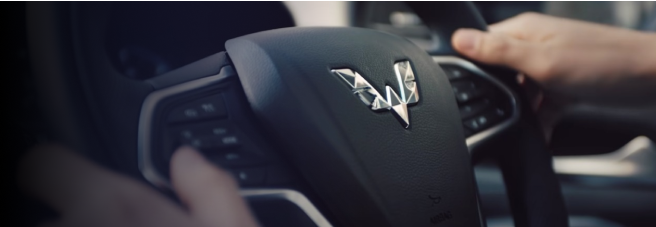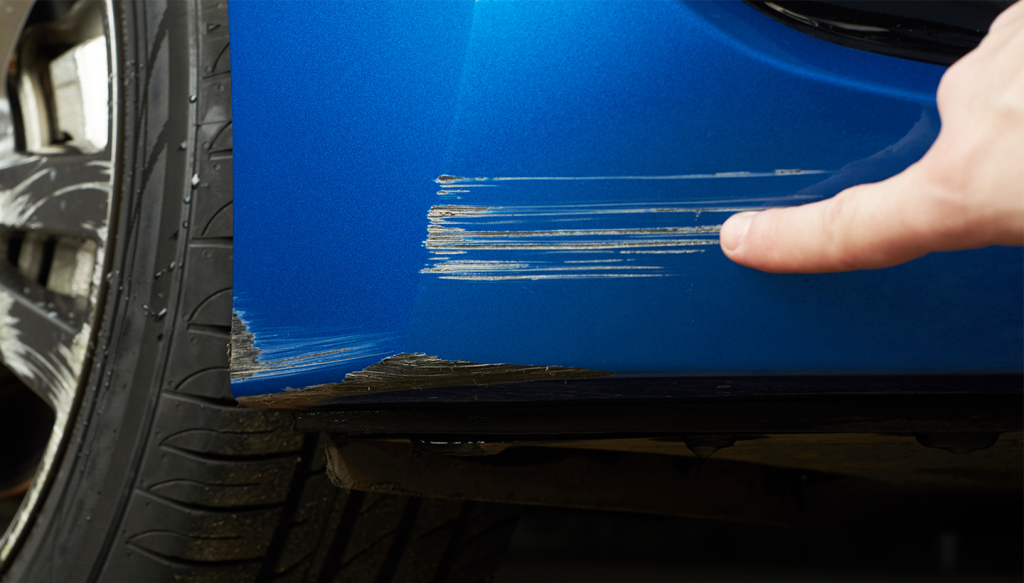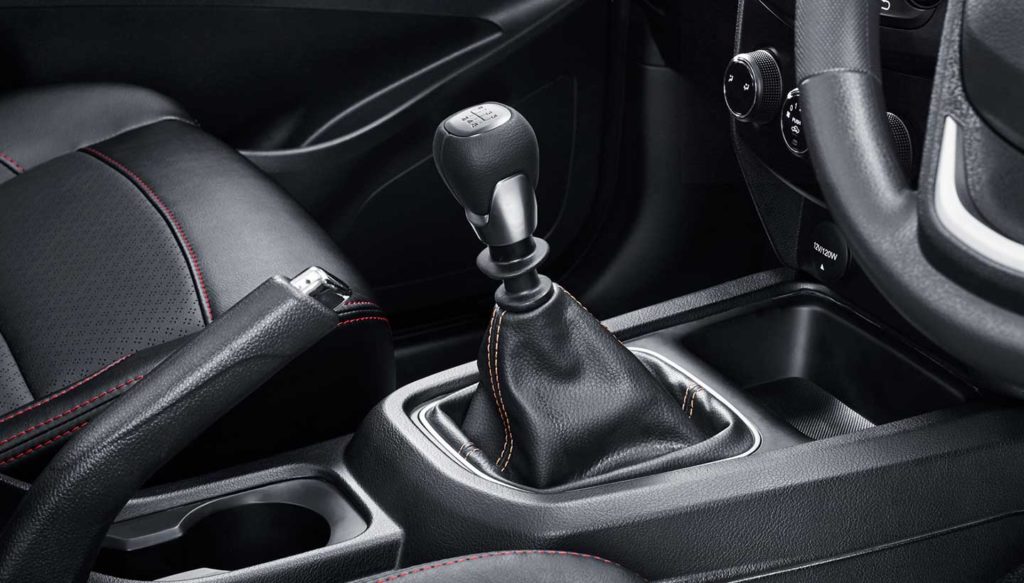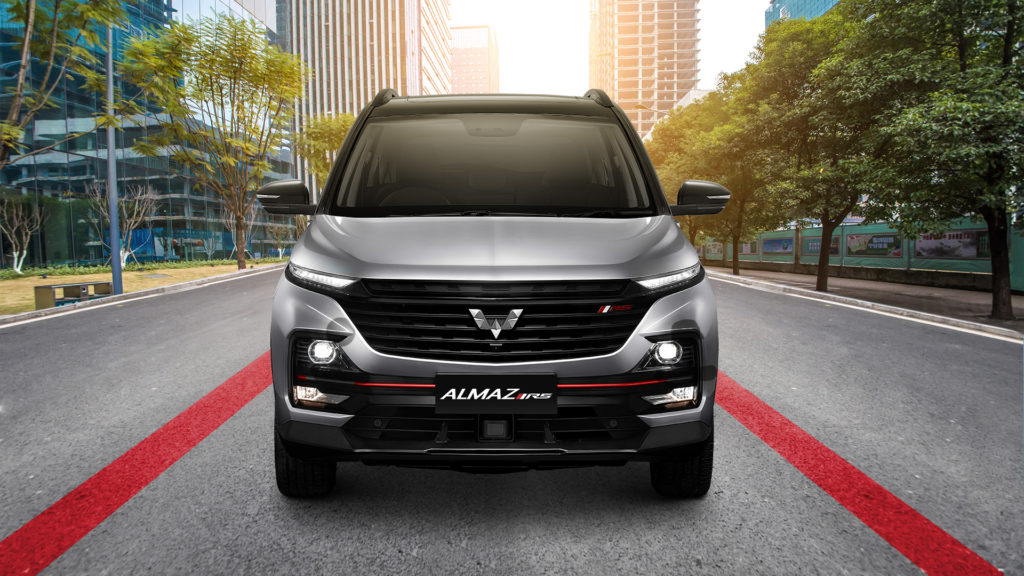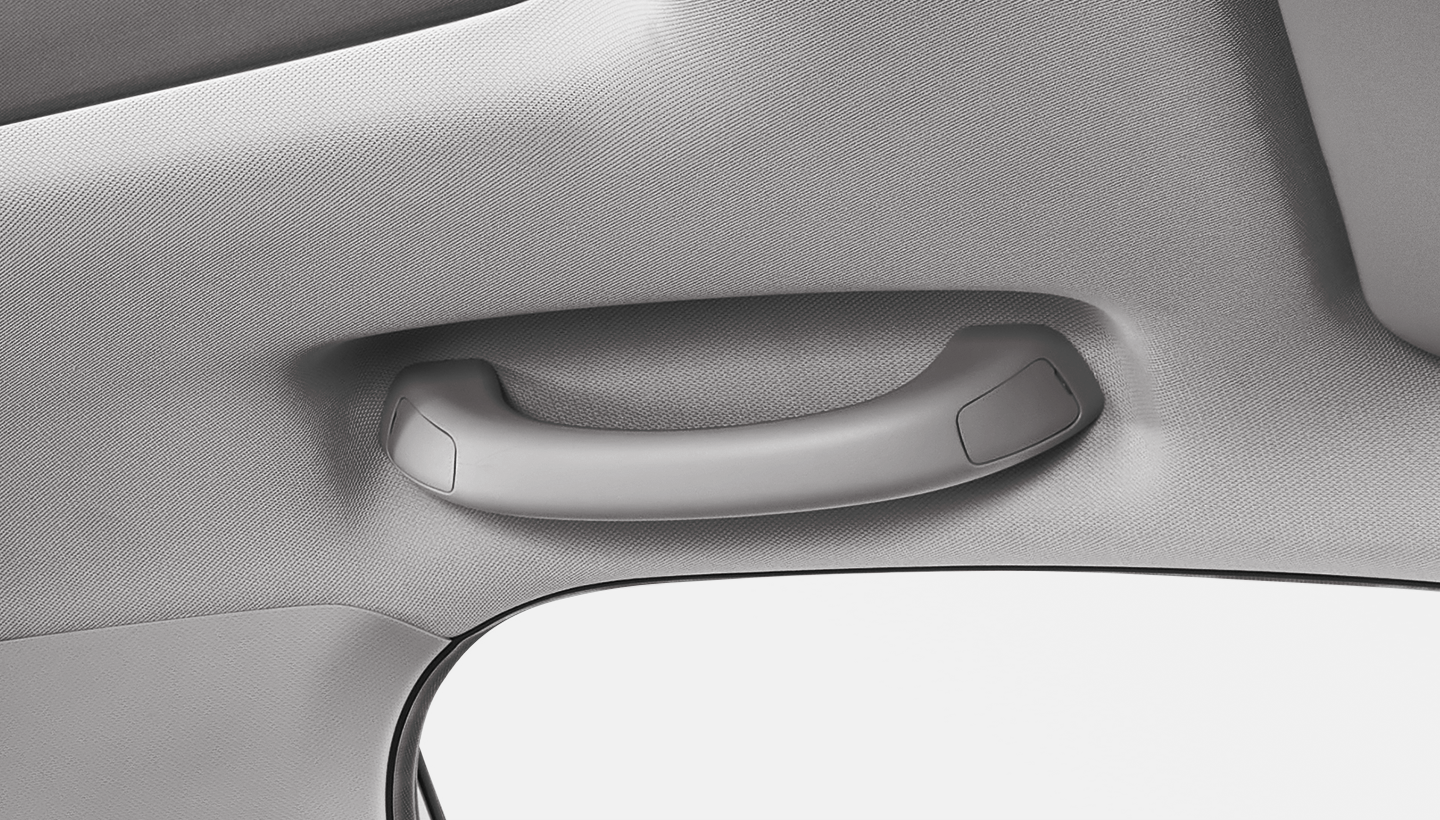
Within a car's interior lie numerous small components, and one often overlooked is the car's hand grip. Despite its seemingly simple appearance, the hand grip serves a crucial role. It's not just a design detail, but an ergonomic solution designed for comfort and safety during your drive.
The hand grip, positioned on the interior roof near the doors, is frequently underestimated in terms of its function. Though some may use it as a convenient spot to hang items like shirts or clothes, its significance goes beyond aesthetics. Let's find out the functions of the hand grip and the correct ways to utilize it.
Functions of the Car Hand Grip
Car hand grips, typically made of plastic with a curved design, are strategically crafted for easy use and grip. Found in almost every row of car seats, from SUVs and MPVs to hatchbacks and vans, these grips offer more than just a stylish car accessory. They are integral for providing a stable hold when the car is in motion, maintaining passenger balance, and ensuring safety in emergency situations. Here are some crucial functions of the hand grip:
1. Maintaining Seating Position
Baca Juga
The primary function of the hand grip is to keep the driver's and passengers' seating positions stable. By holding onto the hand grip, it prevents body shifts caused by centrifugal force when the car is in motion, especially on uneven or rough terrain where the vehicle and passengers may experience shaking. While the hand grip aids in maintaining a seated position, drivers should always use seat belts for priority safety, with hand grips serving as a supplementary feature.
2. Facilitating Entry and Exit
The hand grip also serves as a helpful tool when entering or exiting the car, especially in taller vehicles like SUVs. When getting in or out of the car, the hand grip provides an additional hold to maintain balance, prevent falls, and ensure a safer and more comfortable entry and exit process.
Proper Usage of the Car Hand Grip
The car hand grip goes beyond being a mere accessory; it is a component with a crucial role in enhancing driving comfort and safety. Here are the correct ways to use the hand grip to ensure you reap maximum benefits:
1. Hold Firmly
Baca Juga
When using the hand grip, ensure a firm yet comfortable grip. A strong hold assists in maintaining body balance when the car is in motion, particularly in uneven or bumpy road conditions. However, if you are the driver, it is advisable to keep both hands on the steering wheel for safety and concentration reasons.
2. Use as Needed
The hand grip should be used when necessary, such as when traversing rough roads or uneven terrain. While it provides additional support, avoid continuous use to prevent hand fatigue.
3. Observe Hand Placement
Ensure your hands are correctly positioned around the hand grip, not only for comfort but also to ensure your hands do not obstruct the driver's view or disrupt their activities, especially for passengers sitting next to the driver.
4. Know Hand Grip Locations
Familiarize yourself with the locations of hand grips in your car. This knowledge aids quick access when needed, particularly in emergencies or when the car requires extra support while in motion.
5. Continue Using The Seat Belt
Although hand grips provide additional support, passengers should always wear seat belts. Seat belts remain the primary safety system that can protect you in case of an accident.
While passengers can use hand grips when crossing uneven or bumpy roads, drivers must concentrate on the steering wheel with both hands.
SHARE:












